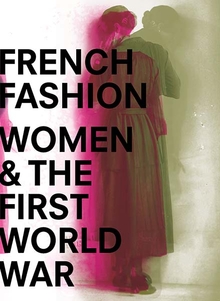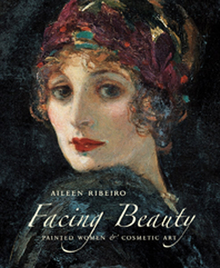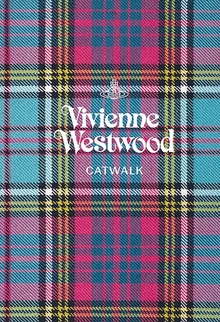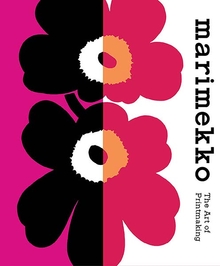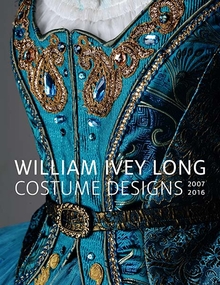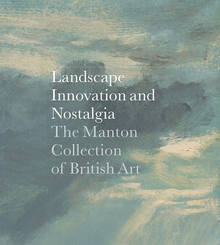The Age of Undress
WARNING
You are viewing an older version of the Yalebooks website. Please visit out new website with more updated information and a better user experience: https://www.yalebooks.com
Art, Fashion, and the Classical Ideal in the 1790s
Amelia Rauser

Read this book online via the A&AePortal, our art and architectural history eBook platform. To learn more about how to access this book, please contact us.
Out of Print
Neoclassicism recast as a feminine, progressive movement through the lens of empire-style fashion, as well as related art and literature
The Age of Undress explores the emergence and meaning of neoclassical dress in the 1790s, tracing its evolution from Naples to London and Paris over the course of a single decade. The neoclassical style of clothing—often referred to as robe à la grecque, empire style, or “undress”—is marked by a sheer, white, high-waisted muslin dress worn with minimal undergarments, often accessorized with a cashmere shawl. This style represented a dramatic departure from that of previous decades and was short lived: by the 1820s, corsets, silks, and hoop skirts were back in fashion.
Amelia Rauser investigates this sudden transformation and argues that women styled themselves as living statues, artworks come to life, an aesthetic and philosophical choice intertwined with the experiments and innovations of artists working in other media during the same period. Although neoclassicism is often considered a cold, rational, and masculine movement, Rauser’s analysis shows that it was actually deeply passionate, with women at its core—as ideals and allegories, as artistic agents, and as important patrons.
The Age of Undress explores the emergence and meaning of neoclassical dress in the 1790s, tracing its evolution from Naples to London and Paris over the course of a single decade. The neoclassical style of clothing—often referred to as robe à la grecque, empire style, or “undress”—is marked by a sheer, white, high-waisted muslin dress worn with minimal undergarments, often accessorized with a cashmere shawl. This style represented a dramatic departure from that of previous decades and was short lived: by the 1820s, corsets, silks, and hoop skirts were back in fashion.
Amelia Rauser investigates this sudden transformation and argues that women styled themselves as living statues, artworks come to life, an aesthetic and philosophical choice intertwined with the experiments and innovations of artists working in other media during the same period. Although neoclassicism is often considered a cold, rational, and masculine movement, Rauser’s analysis shows that it was actually deeply passionate, with women at its core—as ideals and allegories, as artistic agents, and as important patrons.
Amelia Rauser is professor of art history at Franklin and Marshall College.
https://www.fandm.edu/amelia-rauser
Twitter: @amelia_rauser
Instagram: ameliarauser
CHOICE Outstanding Academic Titles, 2020
Shortlisted for 2020 Apollo Magazine Book of the Year
ISBN: 9780300241204
Publication Date: March 17, 2020
Publication Date: March 17, 2020
216 pages, 7 1/2 x 10
180 color illus.
180 color illus.


